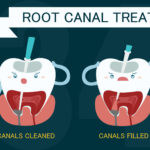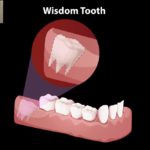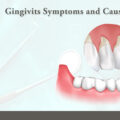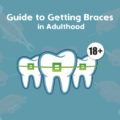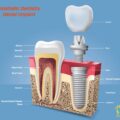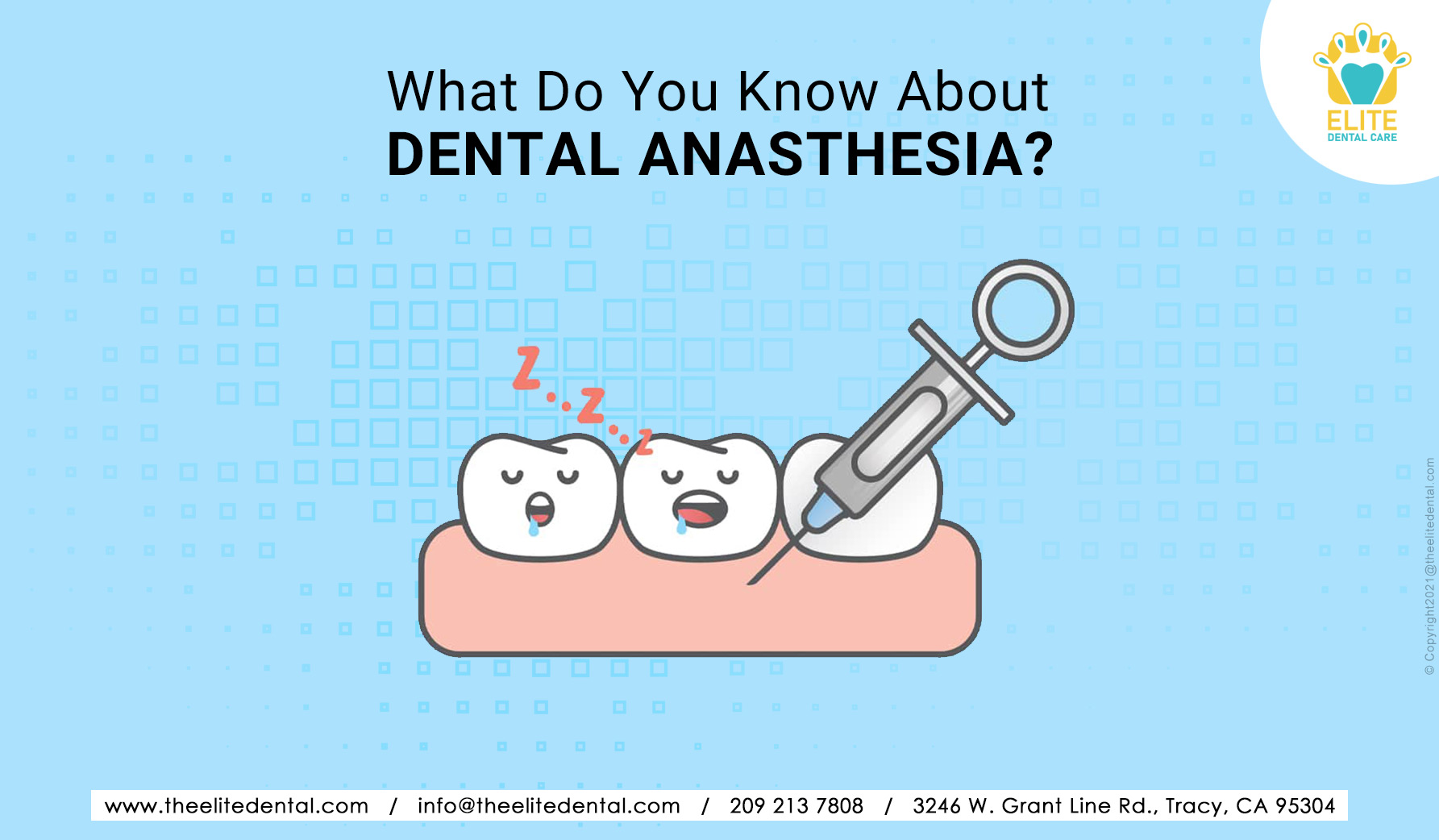
dental caredenturesRoot Canal TreatmentTeeth Whitening
edental
16 February 2022
What type of anesthesia is used for dental work?
The type of anesthesia used for Dental work is determined by the person’s age, health condition, the length of the treatment, and any previous bad responses to anesthetics.
There are numerous options for dental anesthetics available these days. Medications can be taken alone or in combination to provide the best results. It is tailored to provide a safe and successful process.
Do you have dental treatment coming up and have questions regarding anesthesia?
Anxiety and worries about discomfort with dental treatments affect 10 to 30% of patients. Anxiety might cause people to put off seeking treatment, which can exacerbate the condition. Anesthesia has been used for approximately 175 years. In reality, the first reported anesthetic operation was performed in 1846 with ether. We’ve evolved significantly since then, and anesthetics are a valuable tool for making patients feel at ease throughout dental treatments. Anesthesia might be perplexing due to the numerous alternatives accessible. We’ll break things down for you so you may feel more at ease before your next dental appointment.
What exactly is dental anesthesia?
Dental anesthetic aids in the management of pain during dental treatments and operations.
It relieves discomfort in certain areas of your mouth. Depending on the treatment, your unique preferences, and your doctor’s opinion, it can be done whether you are conscious or unconscious.
Local anesthetic is a drug that causes areas of your mouth to go numb during the treatment. Usually, the effects continue for several hours following the procedure.
Anesthesia is a reliable method of assisting people to calm, feel comfortable, and feel minimal pain prior to, during, and after treatments. You may be semi-conscious or unconscious as a result of anesthesia.
Dental anesthesia is classified into three types:
- Local
- Sedation
- General
Each kind is used for a different form of pain relief.
There are three types of anesthesia:
Dentists choose the optimum anesthetic for every patient based on the following factors:
- The method type (invasive or minor)
- Personal preferences and requirements of the patient
- Medical history of the patient
Each form of anesthesia and its applications are described here.
Local Anesthesia
The most prevalent kind of anesthesia is local anesthetic. It is given by doctors for minor dental treatments such as:
- Fillings for cavities
- Root planning and scaling
- Root canal procedure
- Extraction of teeth
- Placement of a dental crown
Dental anesthetics that are often used include lidocaine, articaine, prilocaine, mepivacaine, and bupivacaine.
These medications are either orally or injected into a specific area of your mouth. They frequently get to work in less than ten minutes. Although the region will go numb, you will remain cognizant and able to converse. The effects will linger for a few hours after the treatment as well as during it.
Local anesthetics can also be obtained as either prescription or over-the-counter medications. They are available in gel, cream, liquid, ointment, spray, patch, and injectable formulations.
Sedation
Anesthesia and sedatives are used for various reasons.
Sedation dentistry can assist ease stress and anxiety during dental procedures, as well as lessen discomfort and keep patients still.
Anesthesia is a technique used to alleviate pain and suffering.
Sedation can be given at mild, moderate, or profound levels. Mild sedation keeps you awake and allows you to respond in directions. Sedation of moderate strength may cause you to become semiconscious. Deep sedation frequently causes you to be unconscious of your surroundings and unable to respond to the stimulus.
Patients who are extremely anxious usually require a sedative before having an anesthetic injection, especially if they are afraid of needles. Those suffering from dental phobia, or an excessive anxiety of seeing the dentist, frequently seek treatment from sedation dentists.
Anesthesia General
A transient loss of awareness is caused by general anesthesia. It is used for longer treatments or if a patient is anxious and may move around.
A medically induced coma is another term for this form of anesthesia. During the process, the patient will be completely immobile and will not feel any discomfort. In most cases, the medicine is breathed or given orally (IV sedation).
The capacity of the patient to respond to and breathe on his or her own distinguishes general anesthesia from IV conscious sedation.
Patients having invasive oral procedures in a hospital environment are also usually given general anesthesia, which includes:
- Jaw repositioning surgery
- Dental cosmetic treatments
- Bone transplants
- Surgery for Cleft Lip/Palate
- Surgery for sleep apnea
- Extraction of general tooth
- Surgery for oral cancer
During the process, you will be entirely asleep. After having general anesthesia, you will be unable to drive yourself home, so bring a friend or family member with you.
Anesthesia’s Pros
Patients who are anxious or fearful about dental procedures are more likely to decline local anesthetics during dental hygiene treatments. However, if your dentist thoroughly discusses the benefits of anesthetic, you may relax and feel less discomfort throughout the treatment.
The following are the key advantages of anesthesia:
- Using anesthetic, numerous visits can be combined into a single appointment.
- During the process, the patient will feel little to no discomfort.
- Anesthesia, in combination with sedation dentistry, can be used to reduce anxiety, pain, fear, and discomfort during procedures.
When administered properly, most kinds of dental anesthetic are generally effective and safe.
Because anesthesia is not a “sleep medicine,” the patient will stay cognizant during the process (except general anesthesia).
Side Effects of Anesthesia
Dental anesthesia is a popular and risk-free treatment option. To minimize difficulties, the dentist should be informed of your complete medical background, alcohol addiction history, and any allergies prior to administration. Adverse reactions are uncommon and are generally felt only with sedation or general anesthesia. These might include:
- Dizziness
- Swelling
- Nausea
- Lockjaw
- Hallucinations
- Confusion
- Tiredness
- Vomiting
- Shivering or sweating
In brief
Dental anesthesia is a safe and efficient method of alleviating stress and discomfort during dental procedure and other frequent treatments.
Anyone who is nervous about a dental appointment should consult with their doctor ahead of time. Inform your dentist about your health information. Include any additional medicines that you are presently taking.
They will be willing to discuss your various anesthetic or sedative alternatives and propose the best one for you. They will also give pre- and post-procedure advice.
Some anesthetics will impose dietary limitations, while others may need to arrange transportation from your dentist’s clinic.
